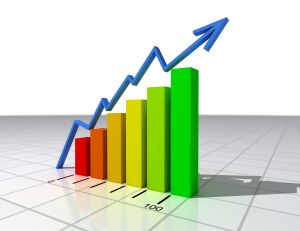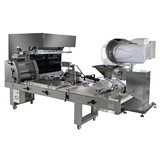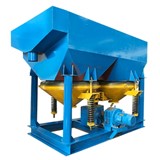Several factors are contributing to the robust nature of the mining sector's growth – including strong export demand for Australian energy and mineral resources, relatively healthy demand locally (the government's infrastructure program – construction of buildings, roads, highways, ports and so on) and increased investments in the local mining industry.
Although the March 2010 quarter saw a 3 per cent dip in mining activity to $30.2 billion as compared with the December quarter of 2009, this was more than offset by a 7 percent increase in the prices of base metals worldwide (including for Australian uranium oxide, refined copper and coal). The drop in activity was the result of heavy rainfall (due to Cyclone Ului) in Queensland, and equipment failure at Olympic Dam in South Australia.
But according to Paul Morris, the deputy executive director at the Australian Bureau of Agricultural and Resource Economics (ABARE), the medium to long term future of the mining sector looks bright. Export earnings alone for 2010-2011 are forecast to jump by as much as 28.5 percent to $169.8 billion as compared to the period of 2009-2010 ($132.2 billion). Strong demand from Asian countries, including China and India, are the main drivers of this growth.
"The forecast increase in earnings from energy and minerals exports in 2010-11 mainly reflects the significant increases in recently negotiated contract prices for coal and iron ore, and the forecast higher export shipments," said Morris.
The value for energy exports alone is forecast to rise by 27.8 percent to $71.3 billion in 2010-2011, whilst metals and other minerals are forecast to increase by 29 percent to $98.5 billion. Australian mine production is expected to rise by 8.4 percent in 2010-2011, which should also increase the output of energy and production significantly.
Additionally, the level of investments in the mining sector is healthy too. As at 30 April 2010, the value of advanced minerals and energy projects was $109.6 billion, the second highest on record.
"The high level of committed capital expenditure and the significant number of projects committed to in the past six months is a reflection of expectations of growing demand for minerals and energy commodities in the medium and longer term," Morris said.
The $109.6 billion is spread across 75 advanced projects, defined as being 'under construction' or 'committed', of which 41 are energy projects, 28 are mineral projects and six are mineral or energy processing projects. Energy projects account for around 73 per cent, or $80 billion, of the estimated capital cost of all listed advanced major projects. Iron ore projects account for a further 16 per cent, or $17 billion.
Western Australia accounts for around 79 per cent of the capital expenditure on advanced projects, including six oil and gas projects (valued at $64.1 billion) and 10 iron ore projects ($17 billion). Queensland accounts for a further 10 per cent ($11.3 billion) of capital expenditure on advanced projects, with half of this in coal mining and related infrastructure projects.
The listing of 361 major development projects includes a record 286 projects at a less advanced stage; that is, projects undergoing feasibility studies or approval processes.
So despite fears in certain quarters of the global economy, there are strong assurances that Australia's mining sector will be robust and profitable for a long time to come. As long as Australia's export market continues to grow, alongside local demand, the sector will continue to generate significant revenue and employment for Australians well into the future.





-160x160-state_article-rel-cat.png)







-160x160-state_article-rel-cat.png)








